Parts of a roof you need to be familiar with.
When it’s time for a Roof Replacement, and you’ve found a qualified and reputable contractor to do the job, there are parts of a roof you want to know about. These are the terms most likely to be included in your estimate.
Flashing: Materials used to waterproof a roof around any projections, and there are several of them. This term, more than any other mentioned below, will show up in estimates. Read over carefully and understand the difference between replacing the flashing or re-using the old flashing, especially in regards to your warranty.
Chimney: Yes, the part that noticeably sticks out above the roof. Did you know that not all chimneys are square? Some are round and even square on the bottom and round on top. No matter the shape they still serve the same purpose, which is to provide ventilation from an inside source to the outside atmosphere. Flashing will be found around the bottom of the chimney where the roofline meets it and this may be one of the areas described in your estimate – whether to reuse or replace – during your project.
Skylight: The window in the roof facing the sky, radiating natural light into the home. Ahhh. Skylights have come a long way adding layers of protection, better flashing design, improved energy efficiency and ventilation with a touch of a button. Flashing around the skylight is what keeps it air and water tight. Pay attention to the estimate where your skylight is mentioned.
Dormer: A window extended from the roof with shingles on it is called a dormer window. The dormer has a roof layer above it. Aside from adding a fascinating dimension to any roof, it offers several cool benefits, such as more daylight, ventilation and head space.
Ridge: The highest point on a roof where two sloped areas meet and is utilized for enhancing attic and roof system ventilation. There are different options for ridge caps. Some are more aesthetically pleasing. Be sure to choose one that works best with your roofing system and that will do its job, which is to add protection.
Valley: The Vee shaped metal channels that run up and down the ‘folds’ of a roof. They are the opposite of a hip as they are the internal version. Leaves and debris are notorious for building up in the valley and problems can easily develop if they aren’t cleaned of regularly.
Plumbing Vent or Vent Pipe: Ever noticed the skinny pipes sticking up from the roof? They supply air to the drain pipes for liquid to flow properly and are designed to help prevent sewer gas from coming into the home.
Hip: Four planes coming together at a peak and four separate hip legs. A hipped roof house has no gables or other vertical sides.
Eave: The roof edge from the fascia to the structure’s outside wall. They form an overhang to throw water clear of the walls and prevent wood rot.
Rake Edge: The vertical edge of gable-style planes that prevents rain from running behind it.
Side Wall: Where a vertical roof plane meets a vertical wall, such as the the sides of dormers, etc.
When they work together, all roof parts serve to keep the inside of your home dry and protected. If you have any questions about any of the terms above or an estimate you have received from The Roofing Company, get in touch with us. We are more than happy to answer them!
Subscribe to The Roofing Company's Blog
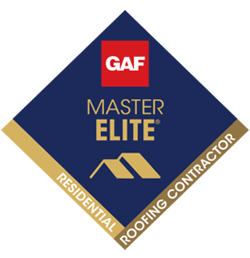

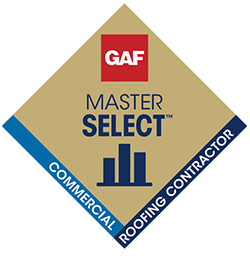

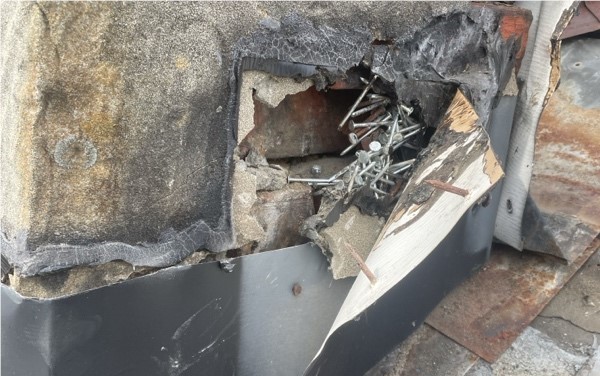
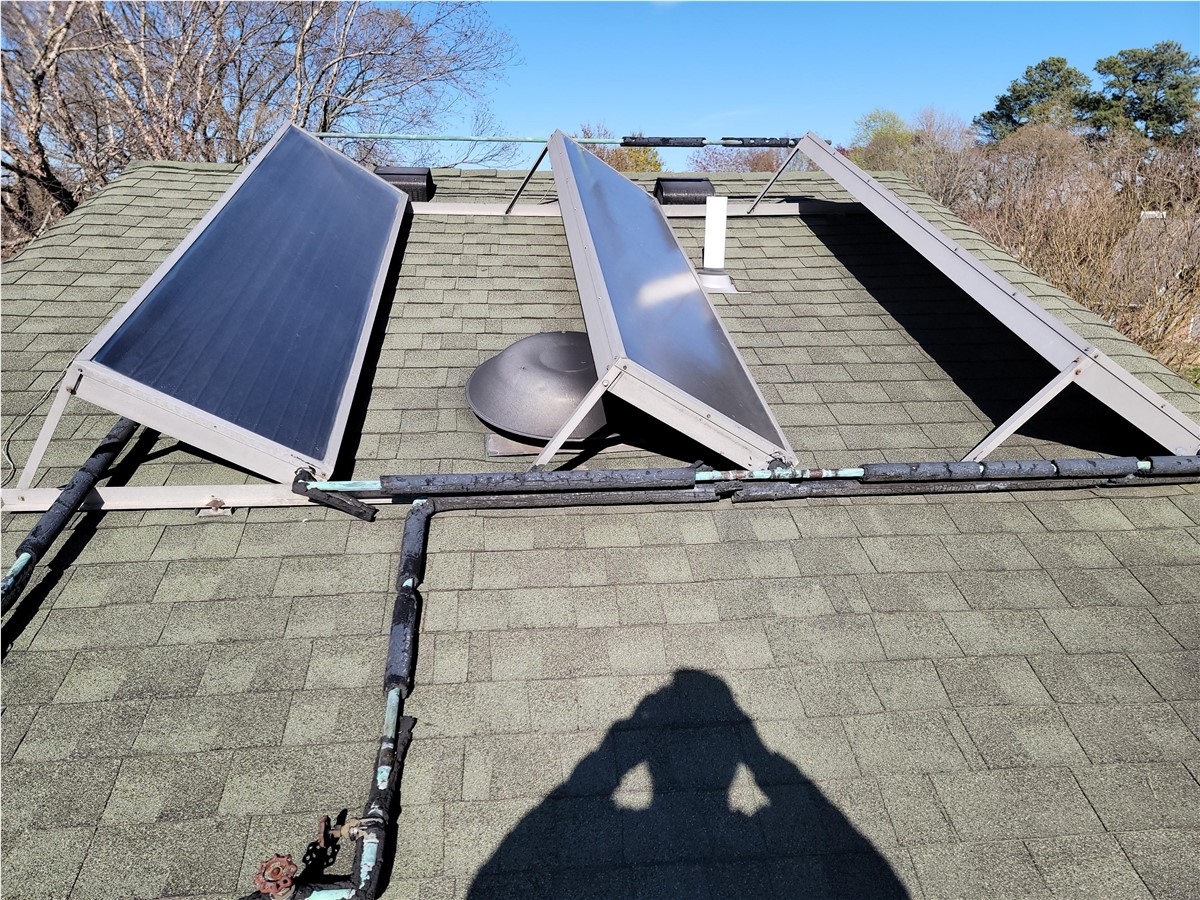
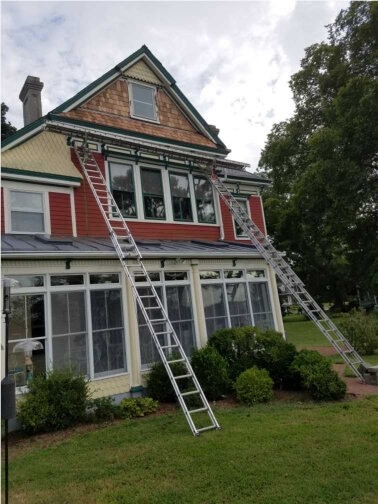
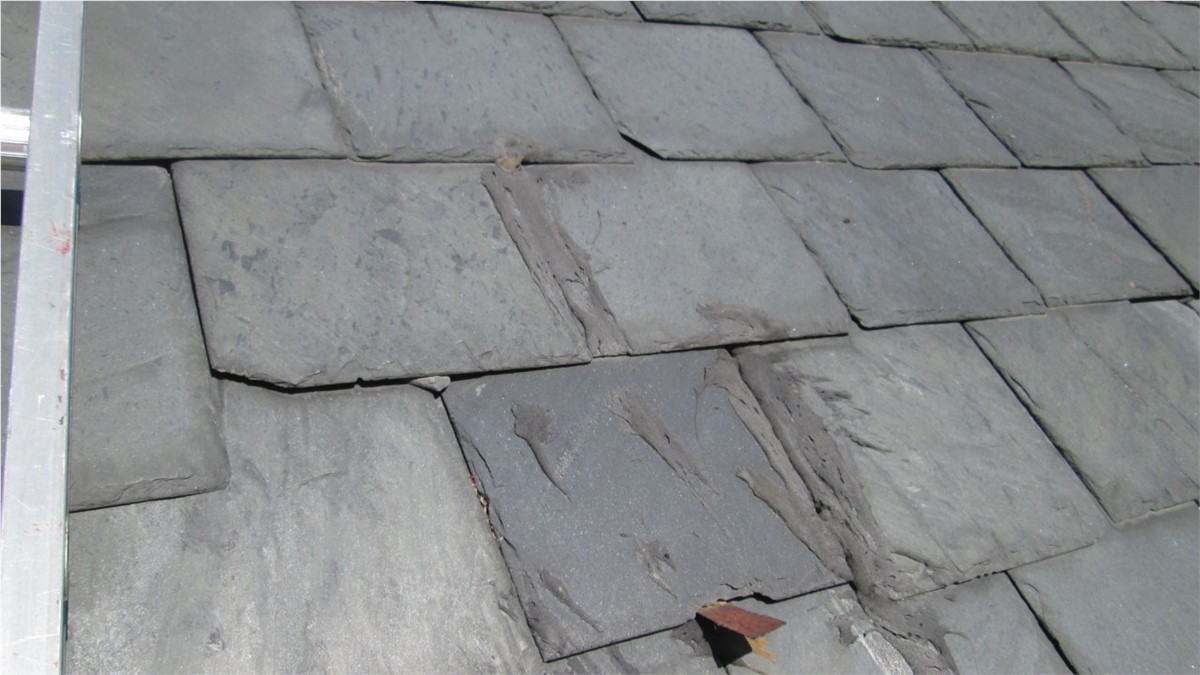


Comments